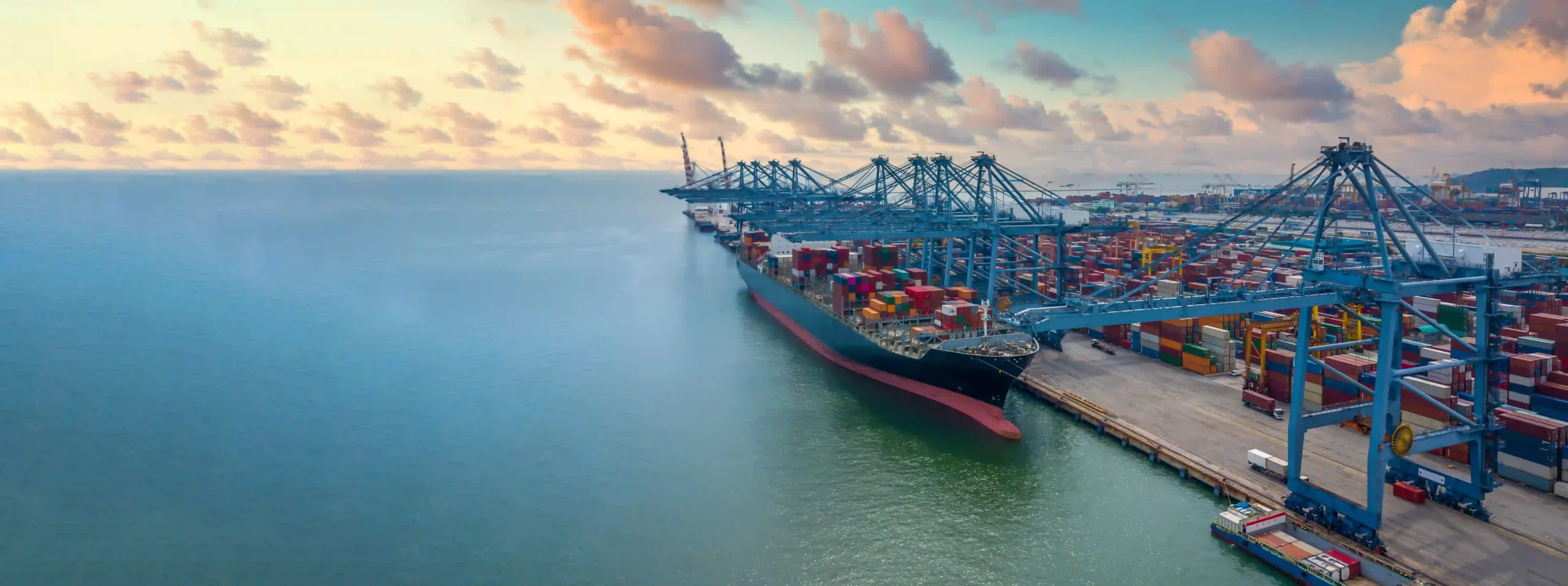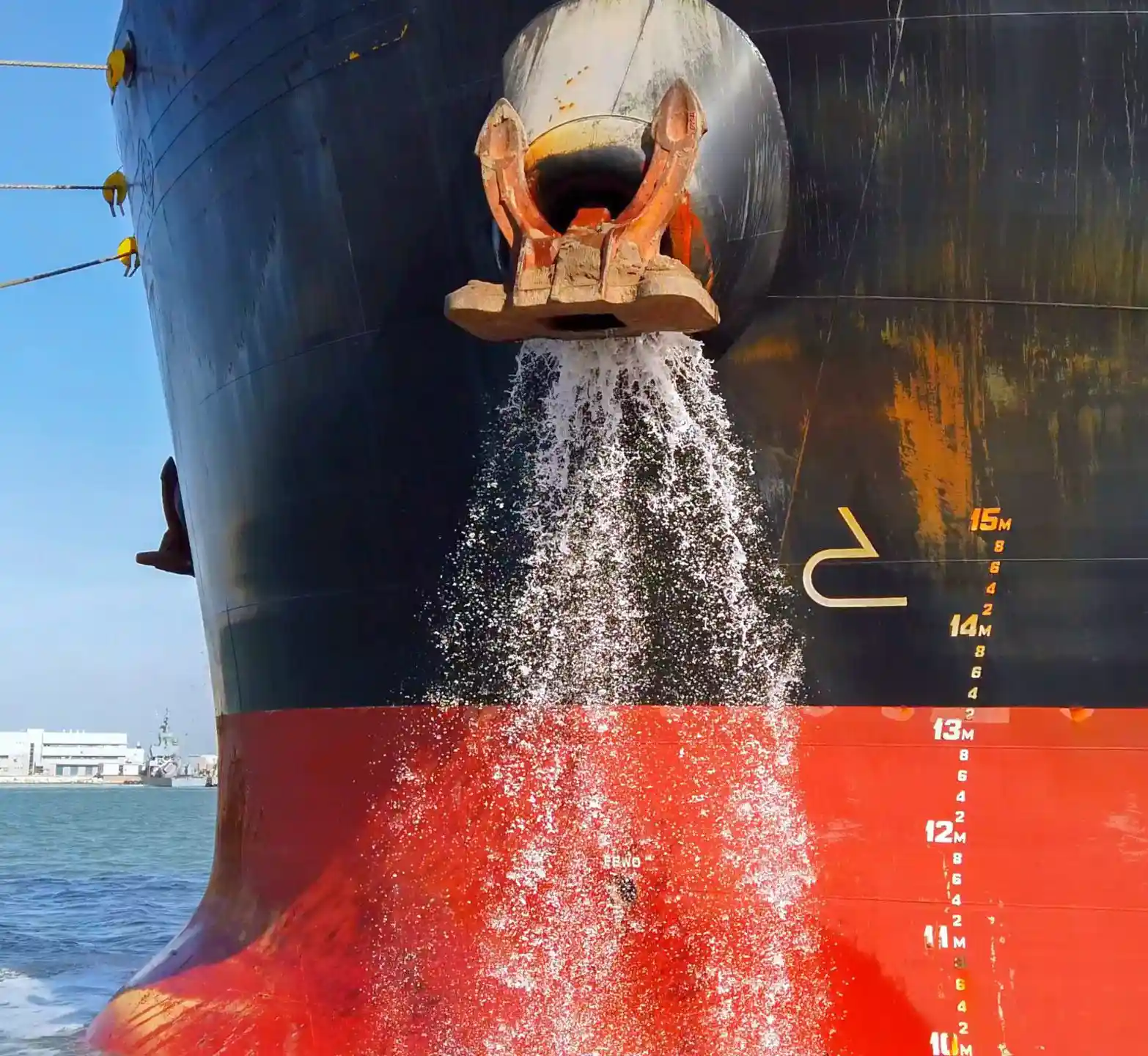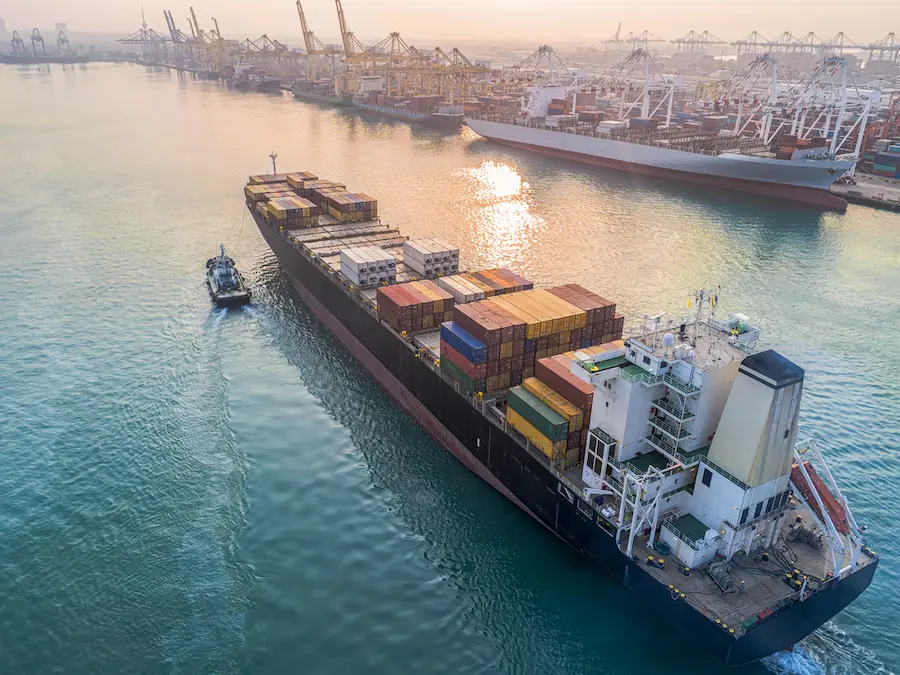
Ballast Water Treatment Systems (BWTS) are crucial environmental mechanisms onboard ships, designed to prevent the transfer of invasive species through ballast water. Employing a blend of technical and mechanical solutions, these systems make use of various treatment methods such as UV irradiation and filtration to eliminate potentially harmful organisms. UV treatment methods, in particular, utilize ultraviolet light to deactivate pathogens and microorganisms present in the ballast water, ensuring compliance with regulations like the Vessel General Permit (VGP). Through advanced water management systems, BWT systems provide insights into efficient water treatment processes, safeguarding marine ecosystems and mitigating ecological risks. The implementation of these systems highlights a proactive approach to environmental conduit, serving as a vital step in the maritime industry’s commitment to sustainable practices.
Ballast water treatment systems employ various technologies to reduce the risk of invasive species in the ballast water. Physical separation methods, like filtration and centrifugation, eliminate larger organisms and particles. Chemical treatment methods, integrating chlorine or ozone disinfection, efficiently remove or inactivate smaller organisms and pathogens. Advanced technologies like UV radiation and electrochlorination/electrolysis offer effective and environmentally friendly solutions. Each type of BWTS has its advantages and limitations, and the effectiveness of the treatment depends on factors such as water quality, vessel size and type, and regulatory requirements (e.g., IMO and Ballast Water Management Convention). Adopting the appropriate ballast water treatment system is key to preserving the marine environment and lowering the transfer of harmful aquatic organisms. Mr. Marine Ballast can support you with the selection of the right type of ballast water treatment system and management plan, corresponding to your individual vessel.
There are eight main ballast water treatment types of filtration processes used around the world. Every BWTS type is individual, considering the specific requirements of the vessels and the regulations. Therefore, the selection of the system is a rigorous process.
These ballast water treatment methods remove microscopic and other sea life as well as solids either from the sediment or from the surface of the water. The backwash containing the unwanted material is then either discharged into the ocean from where the water was taken, or it is held and treated on board for use as ballast in the tanks, from where it can be discharged (without any marine life left in it) in a different location when the need arises.
Ultraviolet purification systems combine physical filtration and UV treatment. In such a system, the ballast water flows through a chamber that is surrounded by UV lights. UV radiation “sterilizes” marine organisms. They become harmless and unable to reproduce.
Special oxidizing and non-oxidizing biocides of the types that have been proven effective in combating marine organisms are added to the ballast water. These biocides are chosen for their effectiveness and also for their power to biodegrade or to be removed easily to prevent the ballast water from becoming contaminated by toxins. Oxidizing biocides include chlorine, bromine and iodine. These active substances destroy the cell membrane or nucleic acids of the microorganisms. Non-oxidizing biocides counteract the reproduction and the neural or metabolic functions of the organisms.
Nitrogen gas or other inert gas is injected into the space above the water level in the ballast tanks. This causes the oxygen in the water to be removed. Without oxygen, marine organisms become asphyxiated and die. The treatment takes two to four days. For the deoxygenation to succeed, the ballast tanks need to be perfectly airtight.


The ballast water is heated to a temperature that’s high enough to kill the marine organisms. A dedicated heating system can be installed to heat the water in the tank. Alternatively, the ballast water could be piped to cool the vessel’s engine. The cooling water then becomes heated by the engine’s heat, and it kills the suspended organisms. This is a slow process, which could also cause tanks to corrode.
In this system, which is still in development, short blasts of energy are produced in the ballast water to kill marine organisms. The treatment is done in one of two forms:
In this treatment, ultrasonic energy produces high-energy ultrasound in the ballast water, the impact kills the cells of the suspended organisms. Ultrasonic or cavitation techniques are generally used together with other systems.
This is a type of flocculation treatment. Magnetic powder is mixed with coagulants and added to the ballast water in the tank. Magnetic flocs or flakes are formed. These can contain large quantities of marine organisms. Magnetic discs are used to lift the flocks from the water and the contents are disposed of safely.
Which system is the most suitable for your ships depends on various factors, including the following:
Mr. Marine Ballast services any type of Ballast Water Management System (BWMS), helping to ensure ships’ compliance and clean oceans worldwide. Our technicians are present in 375+ global ports 24/7 to perform the sampling of different types of ballast water treatment systems or other BWTS services.
Additionally, we offer installation, testing, commissioning, inspection, calibration and certification services for any type of BWMS. Our technicians have extensive experience working with the most renowned manufacturers of Ballast Water Treatment Systems, such as Panasia, Hyde Marine, Erma First, Samsung and Wuxi BSKY.
You can contact our team to book your next service in your closest port of call or you can submit the form below with your information. To find the answers to some of your questions, you can visit our FAQ page.
You can also find and submit your service request to Mr. Marine Ballast on:
ShipServ: TN-311092 – Mr. Marine Ballast
Our team is at your disposal 24/7, 365 days a year.
This site is protected by reCAPTCHA and the Google Privacy Policy and Terms of Service apply.
Mr. Marine is a global maritime service company. Our multi-brand expert team is committed to keeping vessels safe and compliant, anywhere in the world. With technical know-how, 24/7 responsiveness, and unparalleled spare part sourcing we are your global beacon.
Contact Us
Get a reply within 24 hours
This site is protected by reCAPTCHA and the Google Privacy Policy and Terms of Service apply.